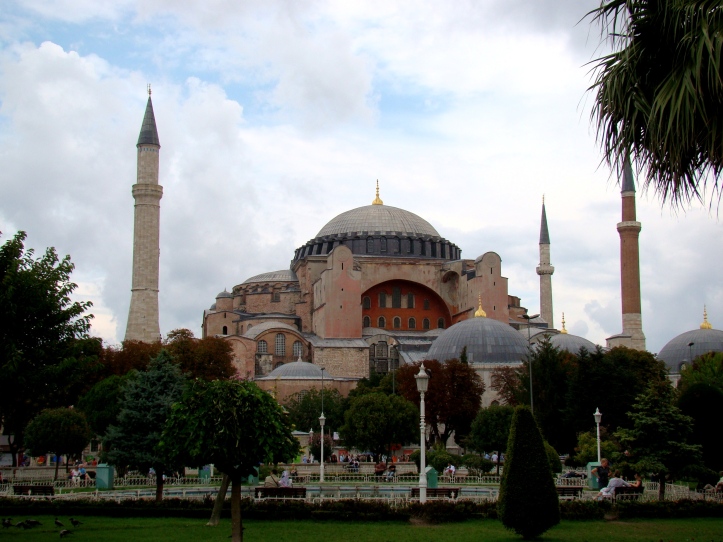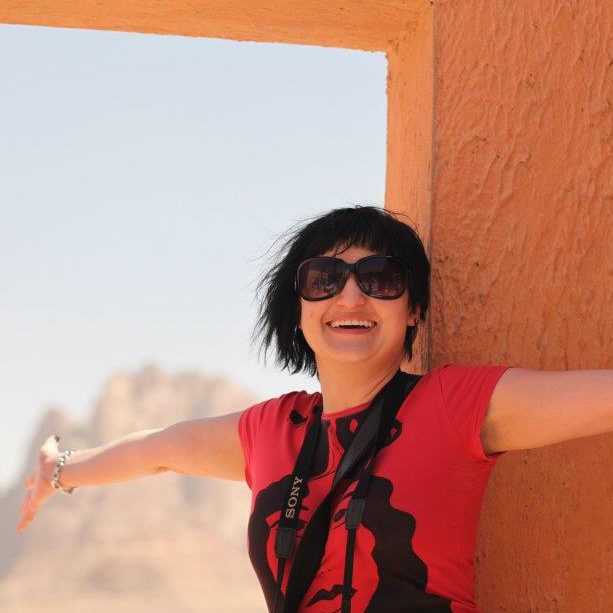
Turkey is one of those countries which has changed identity and cultures so many times that it has turned into a unique country with a unique culture. I couldn’t wait to explore this culture rich country and there is no better place to start than in Istanbul, once named Constantinople.

After checking into my hotel in the old quarter I immediately found my way over to the Byzantine masterpiece, Hagia Sophia.

It is quite sad that nothing remains of the original Hagia Sophia which was built in the fourth century by Constantine the Great. It was burned down in 532 and then rebuilt between 532 and 537. For over 900 years this Cathedral was the seat of the Orthodox Patriarch of Constantinople until it was ruthlessly attacked, desecrated and plundered by the Crusaders in 1204. Despite this violent setback, Hagia Sophia remained a functioning church until May 29, 1453, when Sultan Mehmet the Conqueror entered the city of Constantinople and converted it into his imperial mosque.
Pieces of what remains of the Cathedral decoration can be found in the courtyard of the Hagia Sofia as well as the Islamic fountain for ritual ablutions.
Stone remains of the basilica ordered by Theodosius II, showing the Lamb of God


Hagia Sophia then served as the principal mosque of Istanbul for almost 500 years. At some point, all the faces depicted in the church’s mosaics were covered in plaster due to the Islamic prohibition of figurative imagery. These mosaics were discovered during restoration between 1847-49. They straightened columns, revised the decorations and also added the huge calligraphic roundels.
In 1934 the prayer rugs were removed and Hagia Sofia was turned into the Ayasofya Museum. After walking around the building I couldn’t wait to enter and explore the interior.












[…] you ever get to visit Istanbul you have to make a point of exploring Hagia Sofia, one of the greatest surviving examples of Byzantine architecture in Turkey. It is one of those […]
LikeLike
Isn’t it incredible that these structures were built so long ago and that they are still standing?? History is fantastic!
LikeLiked by 1 person
It is, I cant believe that some of the wars and battles that raged decades ago didn’t destroy all these magnificent pieces of art.
LikeLike
Absolutely agree. While there are some places that were so sadly destroyed, the fact that others survive is remarkable. Speaking of destroying places, have you heard about the ancient cave city in the far east of Turkey? It’s supposed to be flooded by a dam. Perhaps it already has been? That brings tears to my eyes. I think it’s Hasankeyf but I’ll have to check.
LikeLiked by 1 person
One of my favourite haunts when up that way… 🙂
LikeLike
Oh wow, I only got to explore it once and would love to go back again as there is still so much to see and learn there.
LikeLiked by 1 person
Oh how I am dying to visit turkey and your pictures are making me want to fly out right now! Lovely photographs.
LikeLiked by 2 people
And this was only the start of my Turkey adventure. I fell in love with Turkey and would love to go back!
LikeLiked by 1 person
Very nice photos and an informative write up! Thanks for sharing. Regards.
LikeLike
Thank you!
LikeLike
Hagia Sophia, Turkeys’ Church-turned-Mosque – they have all rich history and museums to visit!
LikeLiked by 1 person
The history of this country is so colourful and there is so much to learn.
LikeLike